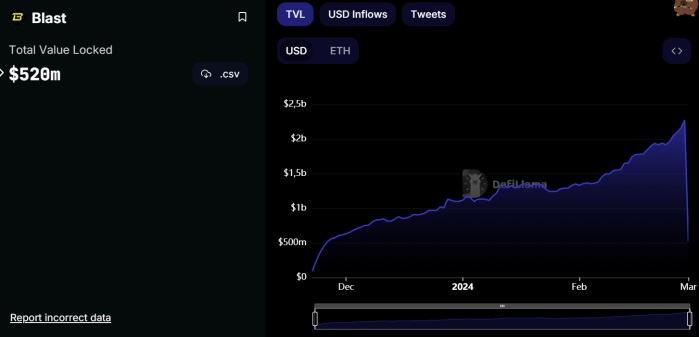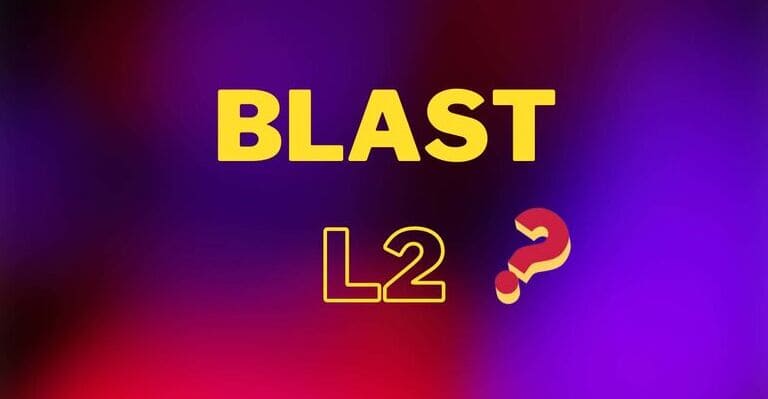TL;DR
- Blast, a new layer 2 network, generated expectations and controversy with its promise of native Ethereum performance.
- Despite accumulating $2.3 billion in deposits since November and attracting 181,000 users, the project saw $1.6 billion withdrawn just 24 hours after its official launch.
- The network faced criticism for its one-way bridge and suffered an exit scam of $1.3 million in Ether. However, it secured important integrations with platforms like Zora and Pyth.
In the crypto world, the launch of a new layer 2 network always generates expectations and often controversy. In this context, Blast, a layer 2 network promising to be the only one with native Ethereum performance, attracted the community’s attention from its early development stages. However, its official launch was not without surprises.
Since November, Blast had accumulated an impressive total of $2.3 billion in deposits, partly thanks to its deposit-only bridge and the promise of points as rewards for those depositing ETH into the network. This strategy attracted a considerable number of users, reaching 181,000 before the official launch of the main network.
However, just 24 hours after Blast went public, the landscape changed dramatically. Investors withdrew a total of $1.6 billion in assets, reducing the total value locked in the network to $520 million. This rapid outflow of funds surprised many in the community and raised questions about the viability and stability of the network.

Some Compare Blast to Pyramid Schemes
The controversy was not limited to its financial numbers. From its early development stages, the network faced criticism and comparisons to pyramid schemes due to its controversial one-way bridge. Despite these concerns, Blast continued to attract deposits and generate an estimated annual yield of $85 million.

However, the story was tarnished by an exit scam that shook its ecosystem just days after its official launch. A protocol known as “RiskOnBlast” suddenly disappeared, taking with it $1.3 million in ether and leaving its investors in uncertainty.
Despite these setbacks, Blast has managed to secure some important integrations in its ecosystem. Prominent platforms like Zora and Pyth have announced their support for Blast, suggesting that the network still has potential to grow and thrive despite the initial challenges.
While the project has faced significant challenges in its early stages, its ability to attract deposits and partnerships suggests that it could still play an important role in the crypto ecosystem in the future.

